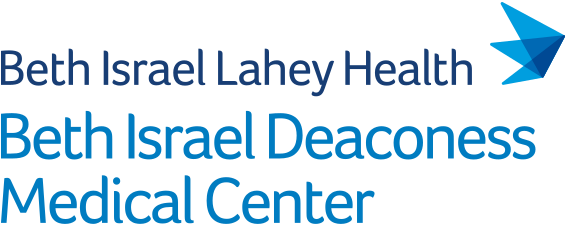OBJECTIVE: Metabolomic risk factors for dementia are under studied, especially in Latinos. We examined the relationship between plasma metabolomic profiles and a Magnetic-Resonance Imaging (MRI)-based markers of brain aging in a cohort of older adult Puerto Ricans residing in the greater Boston area.
METHODS: We used multiple linear regression, adjusted for covariates, to examine the association between metabolite concentration and MRI-derived brain age deviation. Metabolites were measured at baseline with untargeted metabolomic profiling (Metabolon, Inc). Brain age deviation was calculated at wave 4 ( 9 years from Boston Puerto Rican Health Study (BPRHS) baseline) as chronologic age, minus MRI-estimated brain age, representing the rate of biological brain aging relative to chronologic age. We also examined if metabolites associated with brain age deviation were similarly associated with hippocampal volume and global cognitive function.
RESULTS: Several metabolites, including isobutyrylcarnitine, propionylcarnitine, phenylacetylglutamine, phenylacetylcarnitine (acetylated peptides), p-cresol-glucuronide, phenylacetylglutamate, and trimethylamine N-oxide (TMAO) were associated with worse brain aging. Taurocholate sulfate, a bile salt, was marginally associated with better brain aging. Most metabolites with negative associations with brain age deviation also were inversely, although not significantly, associated with hippocampal volume and cognitive function.
CONCLUSION: The metabolites associated with brain aging in this study are generally consistent with prior literature and highlight the potential role of TMAO, BCAA and other microbially derived metabolites in dementia.
